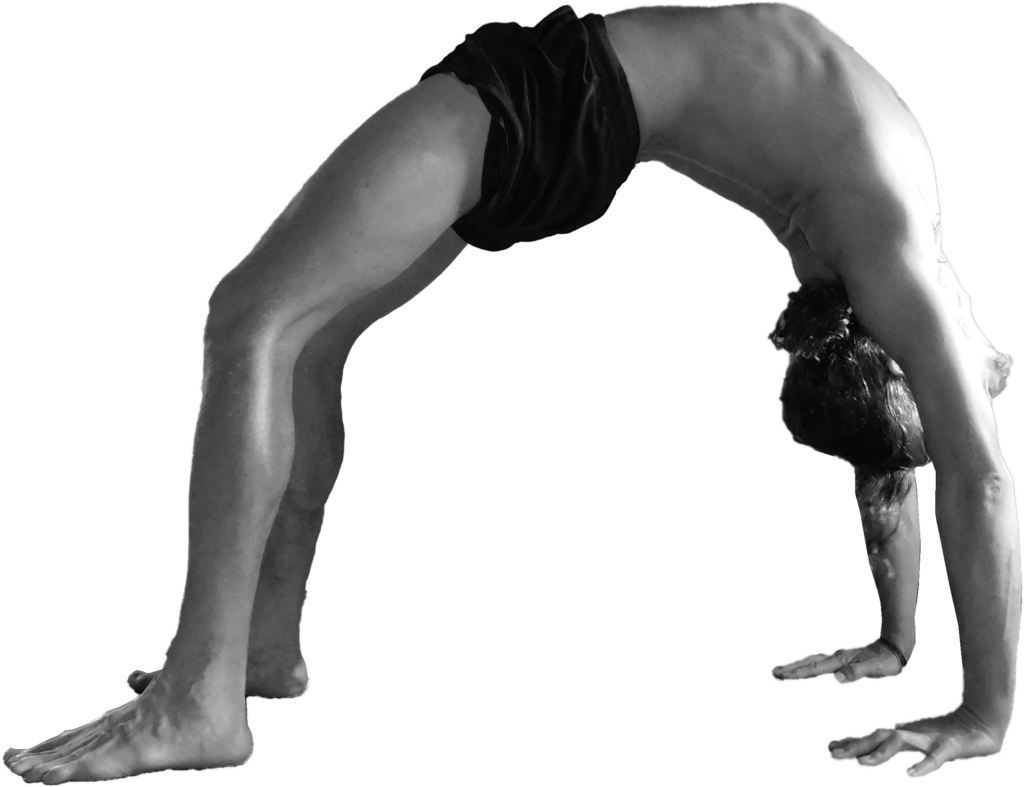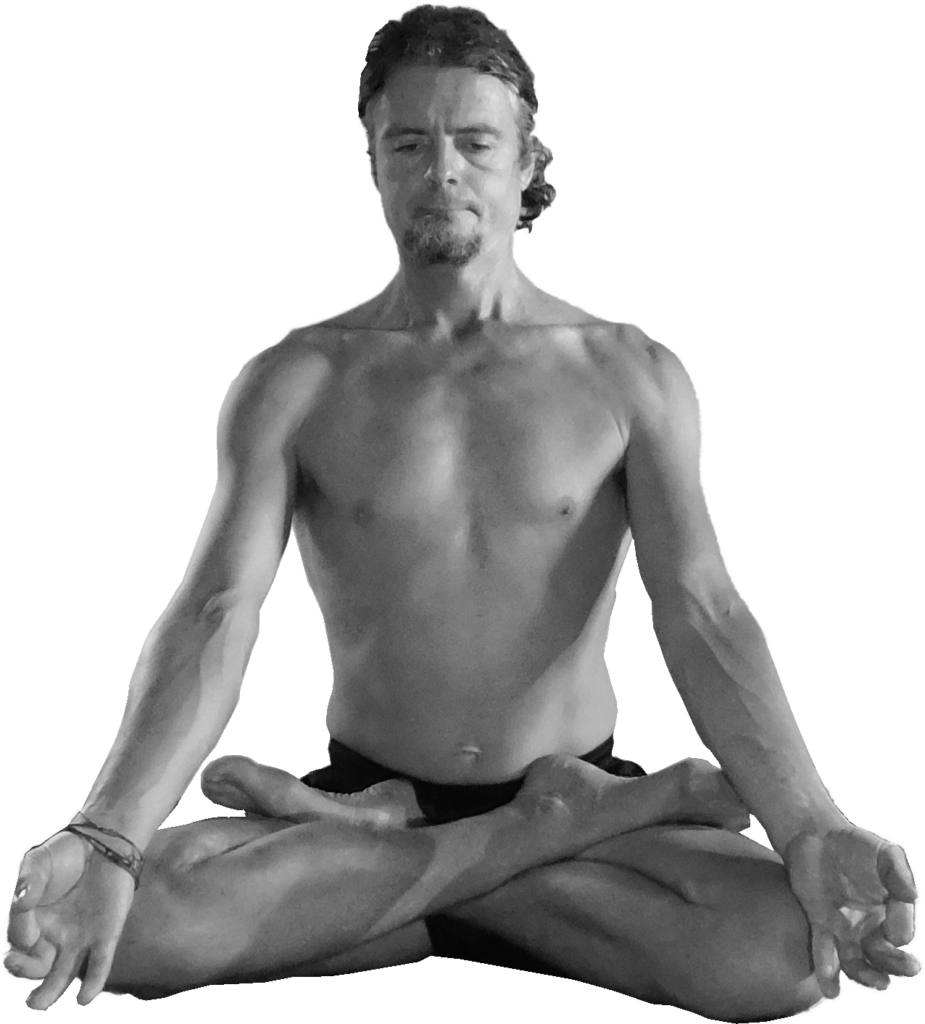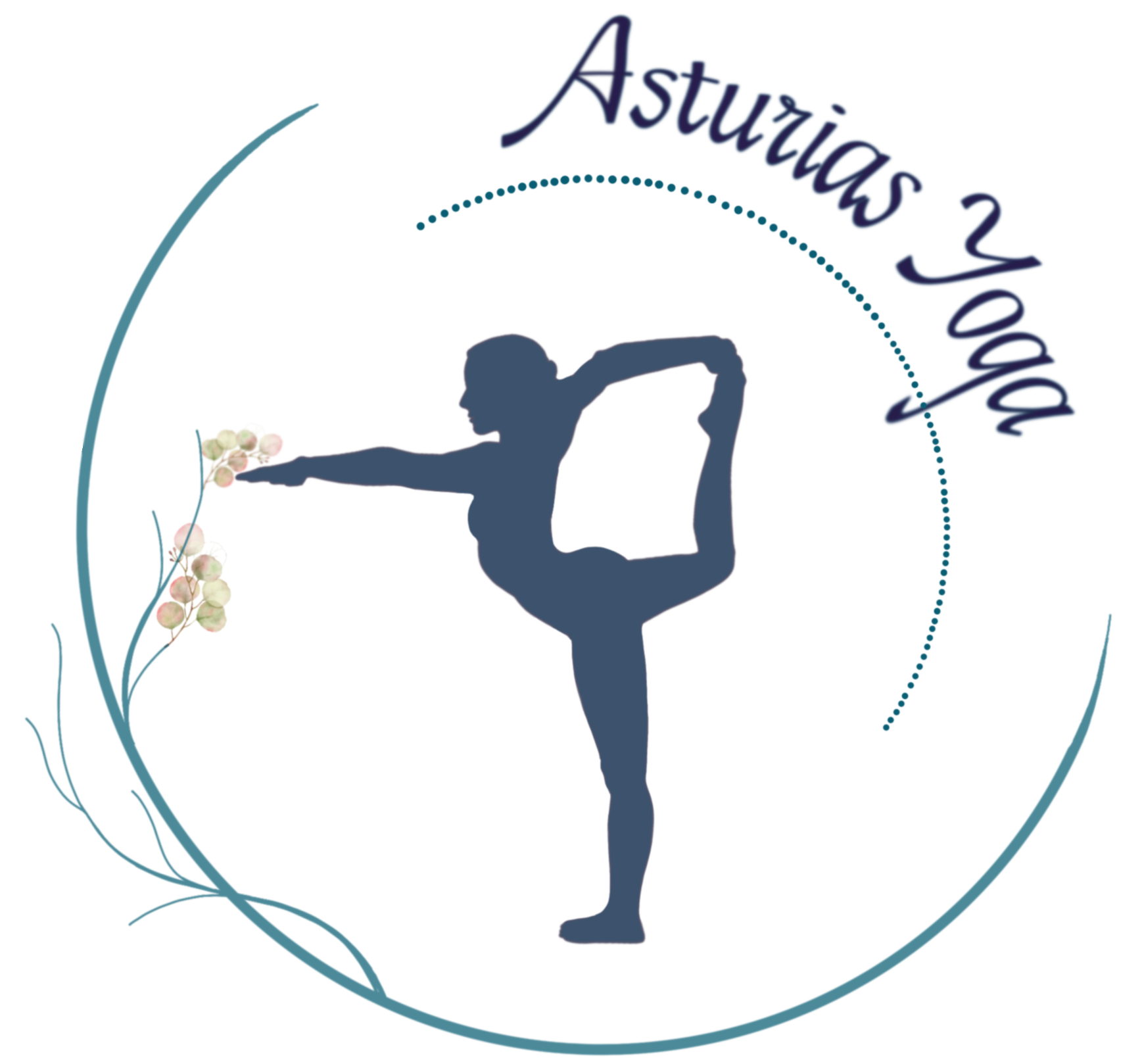Saoirse Yoga
While most Western Yoga practices focus primarily on postures, the original Yogic path was focussed mostly on meditation. Asanas (literally seat in Sanskrit) were considered postures in which meditation could happen, the key being that they were effortlessly stable. When an Asana is mastered, then in that posture, tension in the body (and hence mind) no longer exists.
Tension in the body is usually sub-conscious. While there exist imbalances in our anatomy, there will be some need for compensation and hence effort. As this compensation is ongoing, we become so accustomed to it we may not be aware of it until it becomes acute pain or diseased. The journey of asana is the journey of shining the light of consciousness on our sub-conscious physical habits, and from there, correcting them. This is typically a long process requiring dedication and patience. However, it is never in vain as every step on the path brings increased ease in the body and clarity in the mind. When perfect stability and ease are finally developed in the body, the body no longer stands in the way of deep meditation.
The Yoga Sutras define Asana as “Sukham Sthiram”, that is to say, a posture which is both stable (Sthiram) and in which we can feel comfortable and at ease (Sukham). Mastering Sukham Sthiram is the goal of the Saoirse practice. Through the asana practice, we aim to expand the limits of our comfort and stability. When we expand the limits, on returning to a simple meditative posture, the sense of stability and comfort go deeper. Then, as the Yoga Sutras put it, we can focus on our infinite nature. For this reason, development of Sukham Sthiram is the basis of the Saoirse Yoga practice.
To work at the right level of effort is key to the practice. We should never practice in a lazy or distracted way – if we do so we will lose presence, and presence is what we wish to cultivate. We wish to do a practice that will require our full presence in order to do it. Neither should we push ourselves beyond our comfortable limits. If we overstrain, we bring tension into the body and mind. Tense bodies and minds are precisely what we wish to remedy through Yoga, and yet people often approach the practice as if it were something to conquer in a short space of time To practice correctly is to work close to your comfort limits, and hence expand them. To practice at the right level of effort is to practice Sukham Sthiram. Understanding this, no matter your yoga experience, age or condition, you are ready to practice. Clearly how this looks from the outside will vary depending on the individual. For this reason, in Saoirse Yoga we wish to develop individual sequences.
Even if you have no interest in formal meditation, expanding your comfort limits will bring an increased sense of well-being into life, both physically and mentally. Practicing Yoga correctly will liberate tension from the body. As the body and mind are intimately connected through the nervous system, bodily tension is continually felt by the mind, albeit sub-consciously. By liberating tension physically, there is a corresponding liberation in the mind. As stability and ease grow in the body, they simultaneously grow in the mind.
The endless challenges life throws at us do not stop through the practice of Yoga, but by practicing correctly, we learn to remain more stable and more at ease as we face them. Ultimately what we call practice here, is practice for dealing with the unpredictable nature of life.


The Relation of Saoirse Yoga to Ashtanga Vinyasa
Ashtanga Vinyasa is a way of practicing Yoga postures in sequences. Vinyasa means movement synchronized with breath, and in Ashtanga, is how we are supposed to move from one asana to the next.
Pattabhi Jois, the founder of modern Ashtanga Vinyasa, said (in his basic English) that the Ashtanga Vinyasa practice is asana and vinyasa performed with “free breathing, looking place and bandha”. I.e., when we are performing a sequence of asanas, what makes it Ashtanga Vinyasa is:
- Deep Fluid Breathing: For remaining fully present, relaxed and energized (Ujjayi in Sanskrit)
- Looking Place: Our gaze is always fixed on one part of the body to avoid distraction (Drishti in Sanskrit)
- Internal Locks: Upward activation of the body’s diaphragms that bring stability and lightness to movement (Bhanda in Sanskrit)
According to the definition of “free breathing, looking place and bandha”, Saoirse Yoga is a form of Ashtanga Vinyasa, as these components are essential parts of the practice.
Fundamentals of Saoirse Yoga
Besides incorporating the fundamentals of Ashtanga Vinyasa (Ujjayi, Dristi, Banda, Vinyasa), the following are key aspects of the Saoirse practice:
- Working at the Right Level of Effort
Our practice should require our concentration. Therefore, it should not be too easy. Neither should it be too difficult. Practices for which we are not physically prepared cause tension, both mentally and physically. Realistic challenge is a positive exercise. The asana which will reliably bring us to presence is the one we know we can do as long as we remain fully present. What this implies in the physical sense is completely individual. What is important is not how the asana looks, but the effort we work at and our attitude as we do it. We choose asanas for our sequence to tune into this personal right level of effort.
- Bringing Calm into Challenge
In a Yoga practice we always wish to remain calm. We are training the mind to be calm under challenging conditions (a great ability to have in daily life!) How can we gauge whether we are remaining calm during an asana? The answer is through the breath. When we push to our limit, we typically hold the breath. If straining, the breath tends to be fast and often through the mouth. Long deep breath through the nose brings calm to the mind. If we can breathe slowly and deeply through the nose in a posture, then we can practice Yoga in it.
- Making Sure Your Sequence Contains Elements of each of the Key Classes of Asana
We have a tendency to stick to what we are good at and ignore what we are not. Yoga however should use all aspects of our body. An important practice is to treat our strengths and our weaknesses equally (i.e. with the same breath and the same attitude). In Saoirse Yoga the important classes of asana are Core awakening, Forward Bending, Balance, Backward Bending, Torsion, Hip Opening and Inversion.
- Making a Sequence that is Inspiring
Doing what inspires you is key! If your sequence inspires you, then you will want to do it. So definitely include what inspires you to do, remembering the previous fundamentals. Then bring the real yoga (correct breath and attitude) into that inspiring challenge. This way you will want to practice Yoga
Origen and Meaning of Saoirse
Saoirse is a Gaelic word meaning freedom, the ultimate goal of any true Yoga practice. The practice grew out of my goals to focus on certain challenging aspects of Ashtanga and to include the most inspiring and effective elements from the practices I have studied and practiced extensively over the past 20 years (Vipassana meditation, Trika Yoga, Ashtanga Vinyasa Yoga, and Pranayama).
Saoirse Retreats and Workshops
We run a number of retreats based on Saoirse Yoga and Meditation in Asturias and Czech Republic.
The focus of each morning during this five-day retreat is the practice and understanding of Saoirse Yoga. In the afternoons, there will be guided walks and optional adventure activities in the surrounding nature ( the Picos de Europa mountains and along the pristine coastline in the Asturian option).
If you already practice Ashtanga Vinyasa Yoga, you will find Saoirse Yoga a powerful support. If your interest is to access deeper meditation, you may find this practice opening unexpected doors.
If you are interested in joining, please check our calendar for dates and feel free to contact me by email.
Namaste!
Simon
